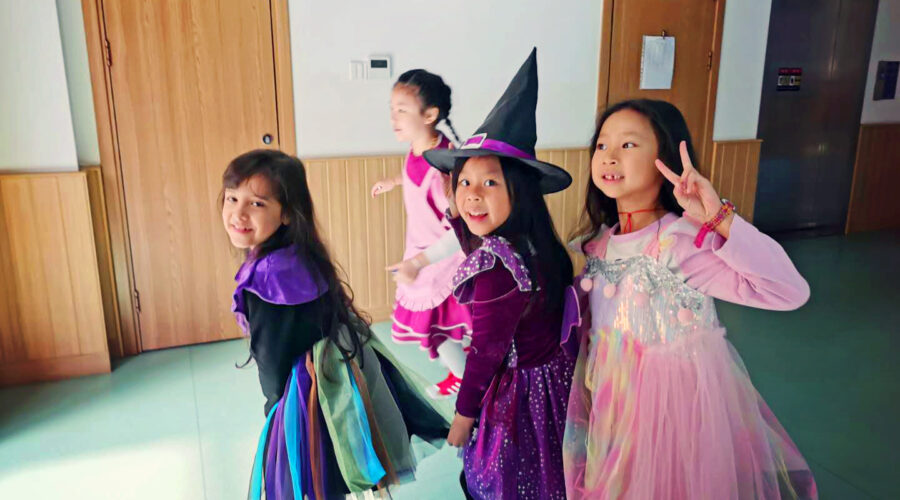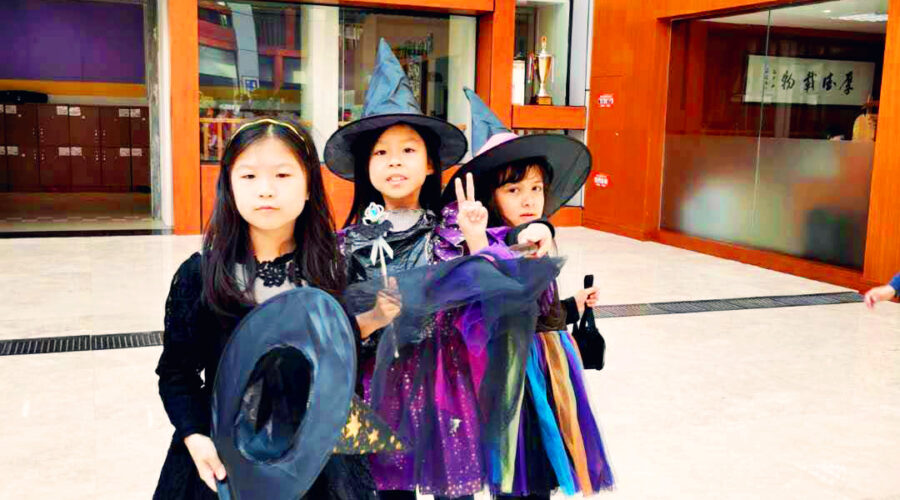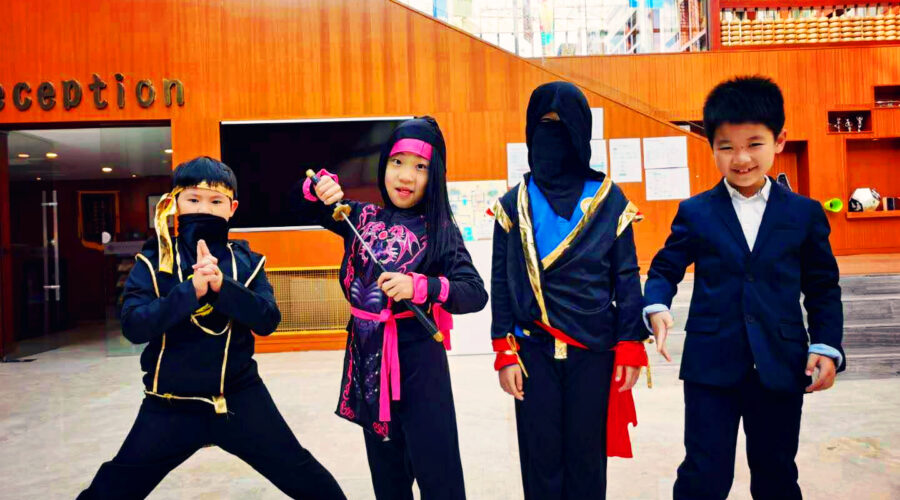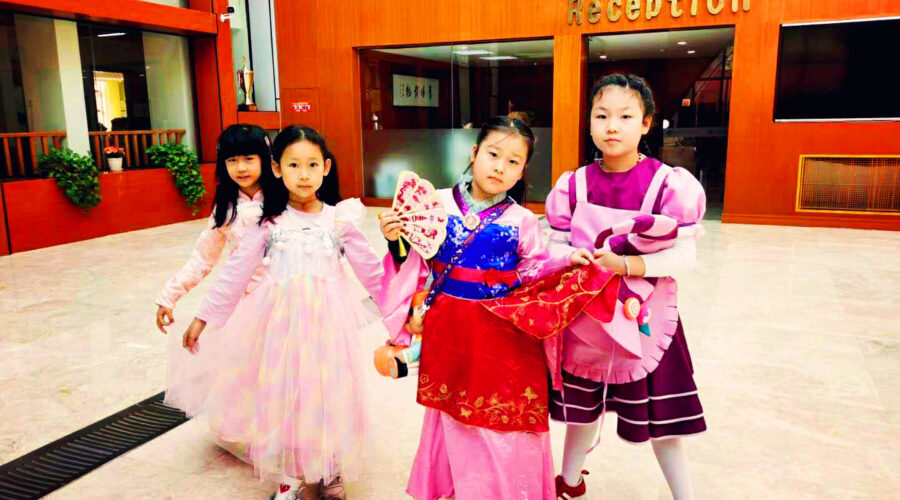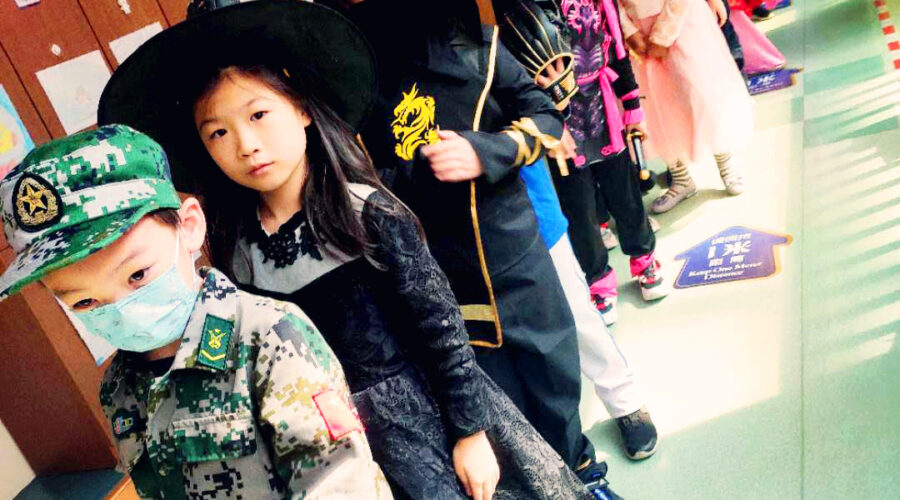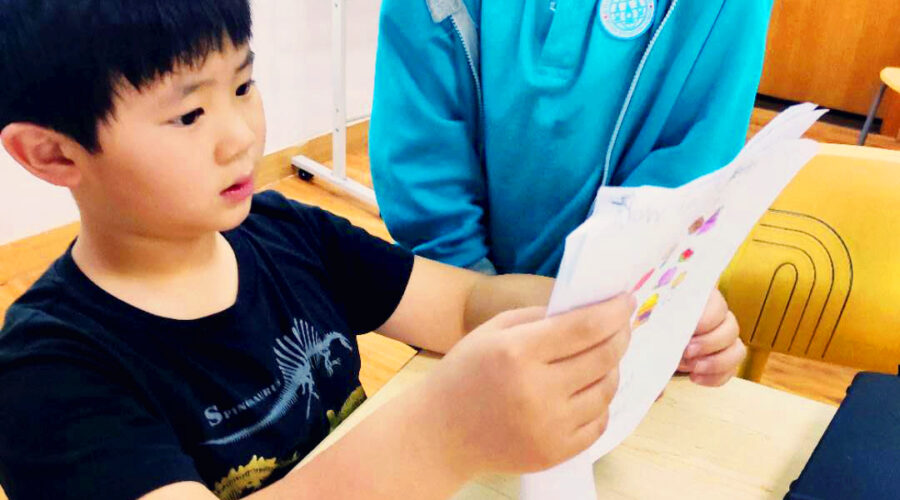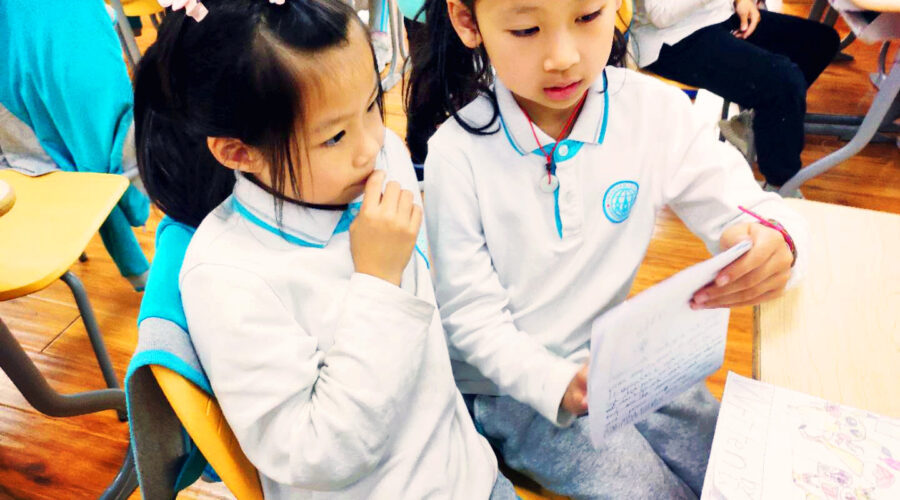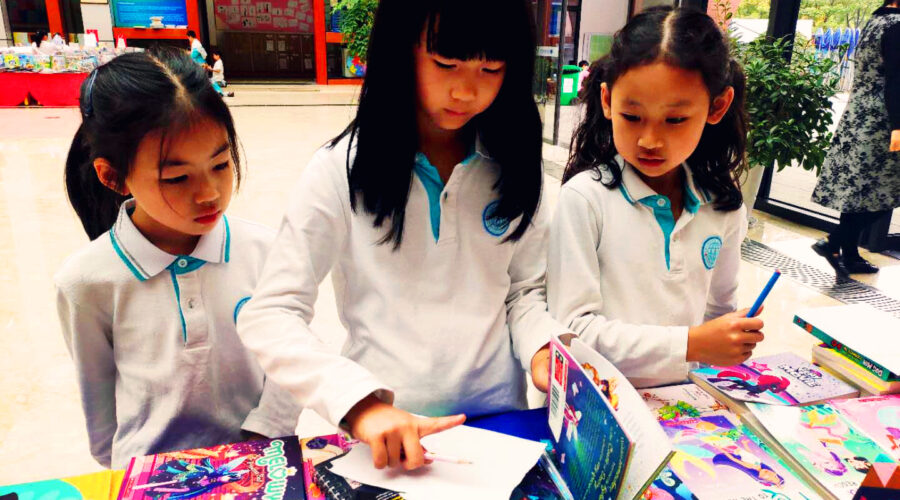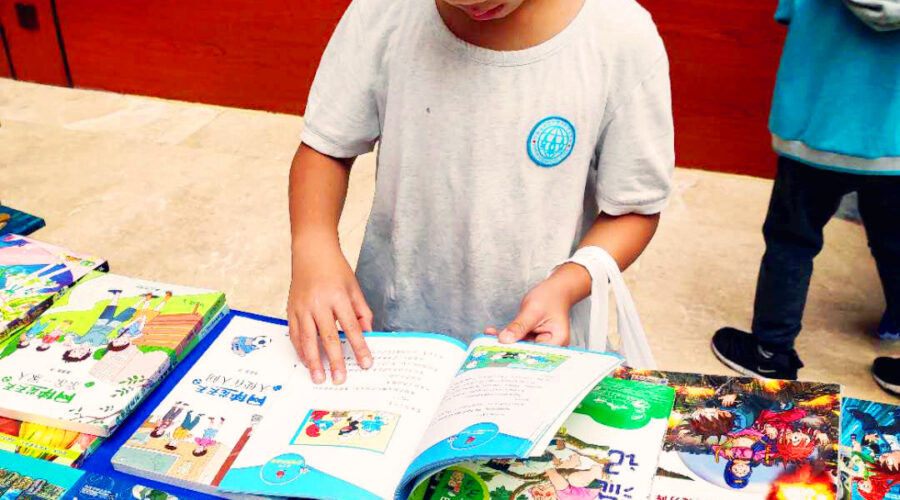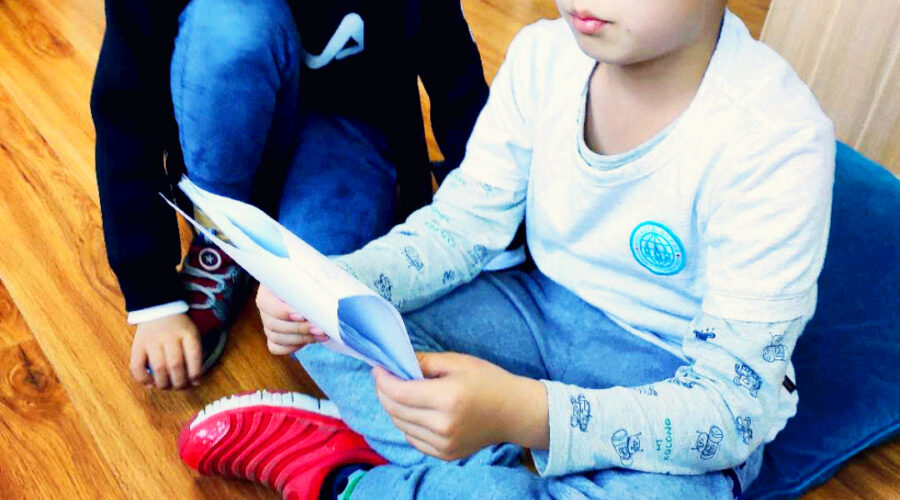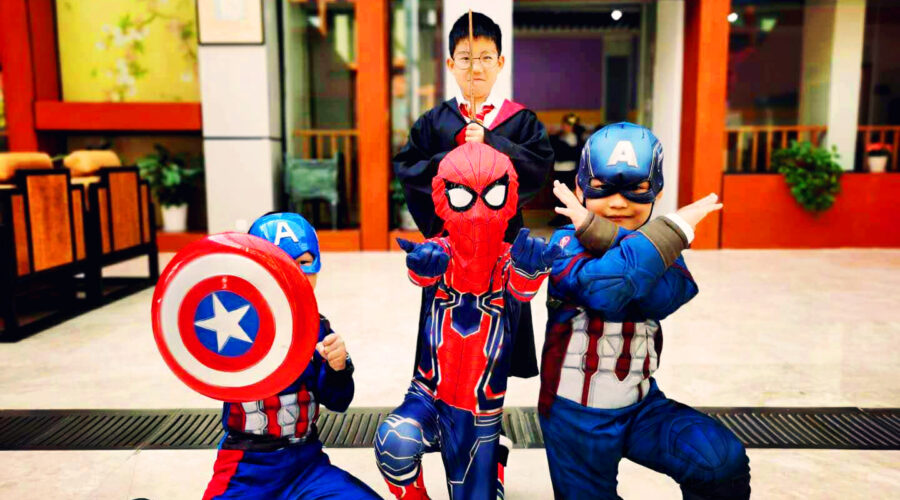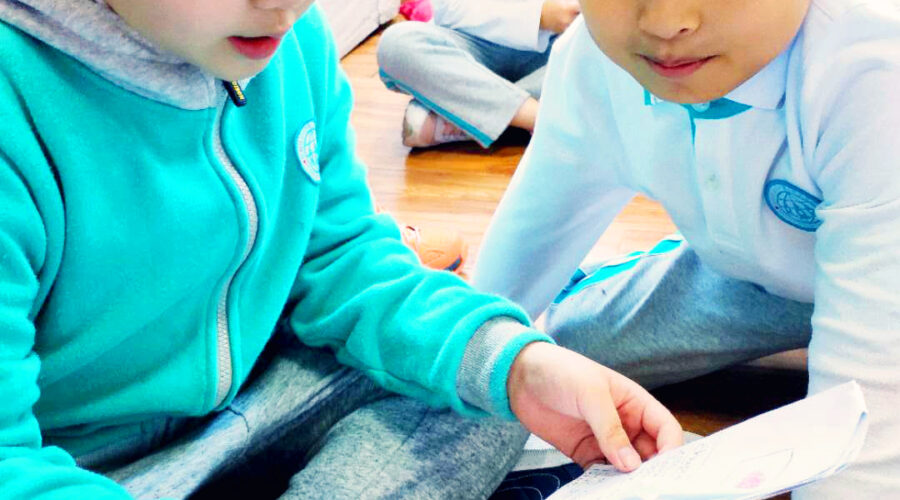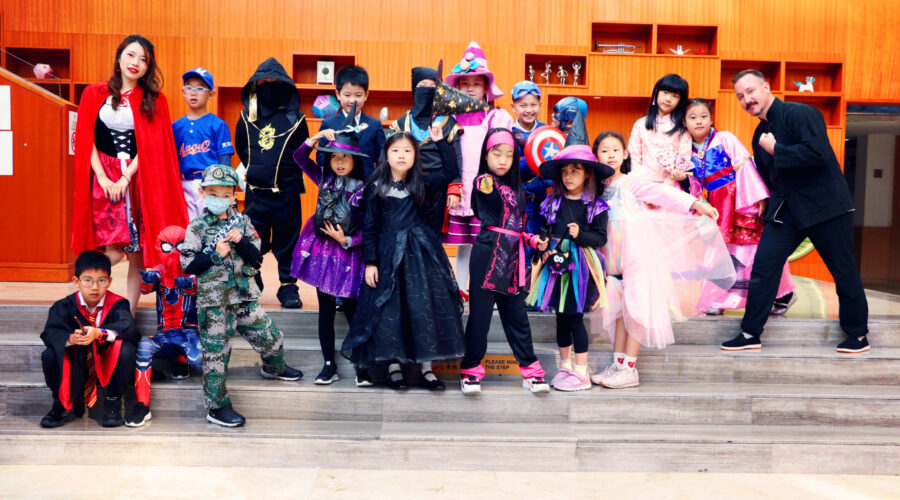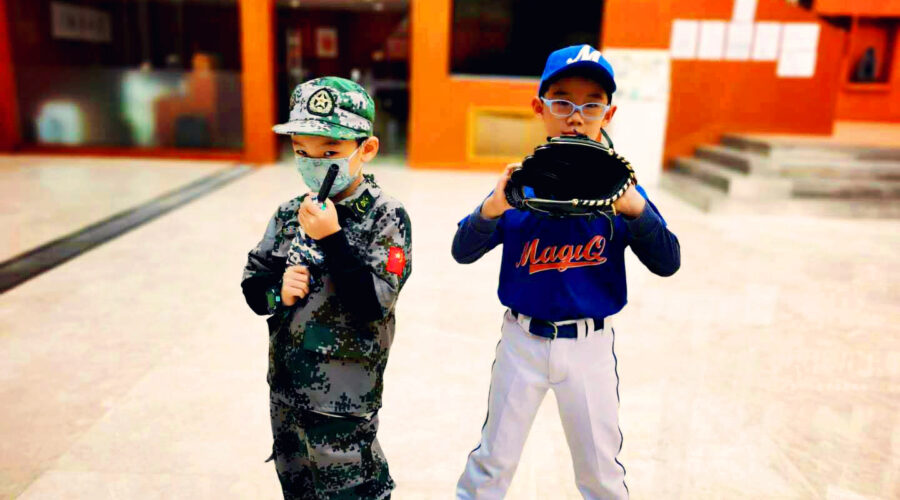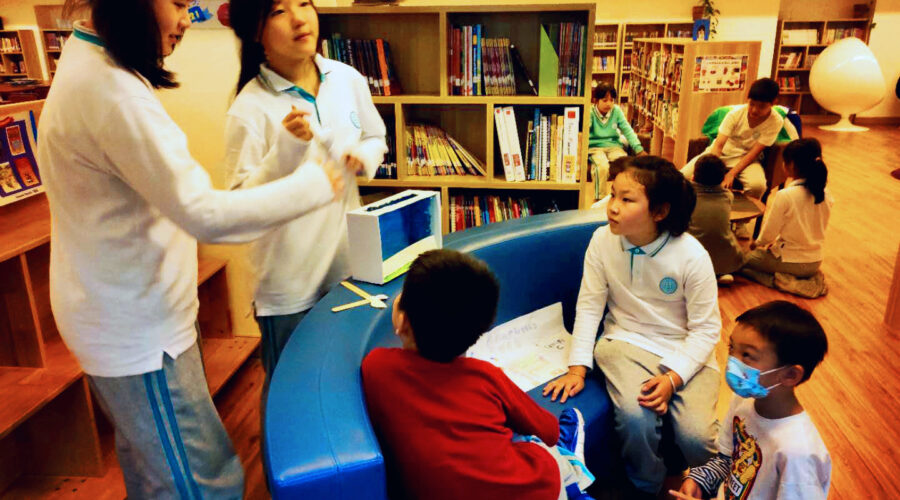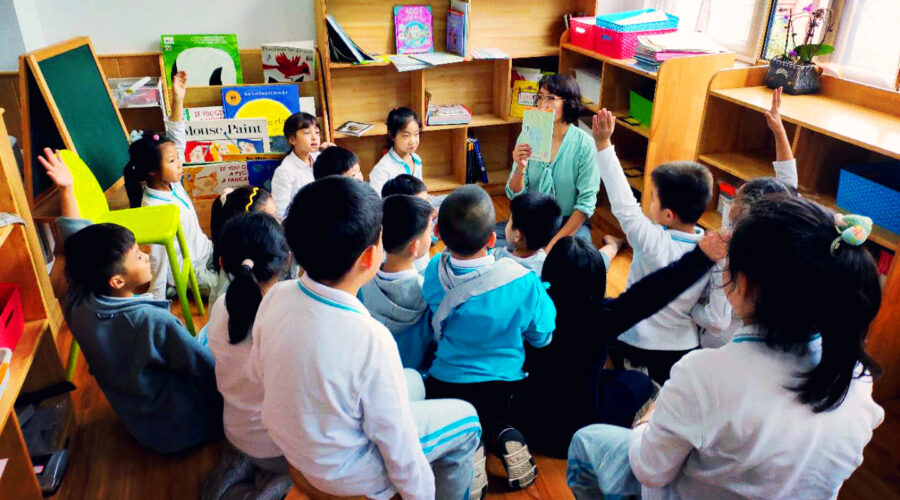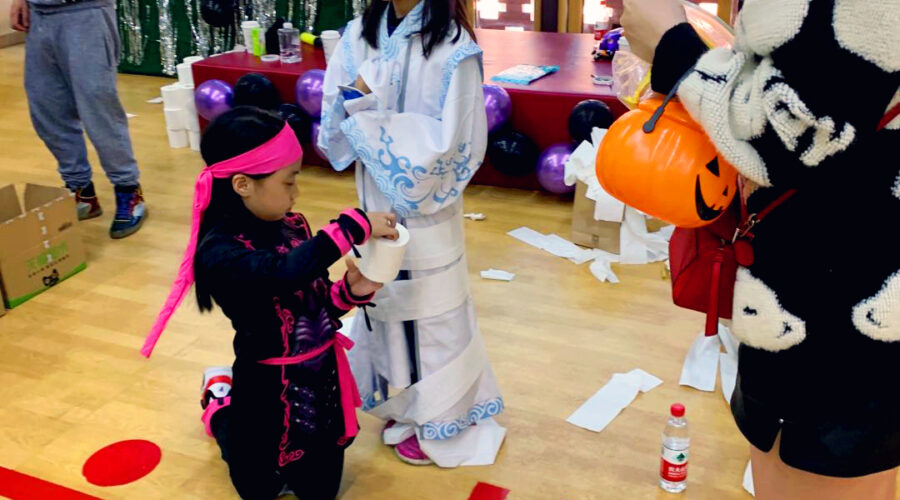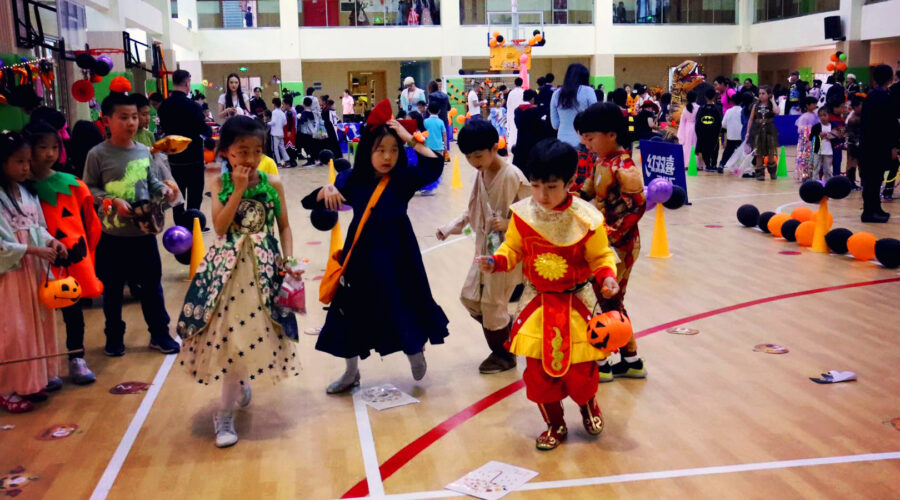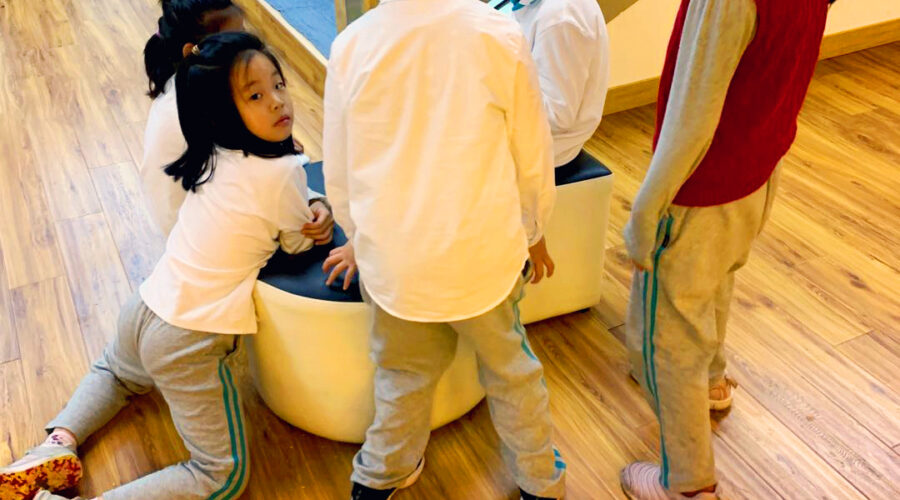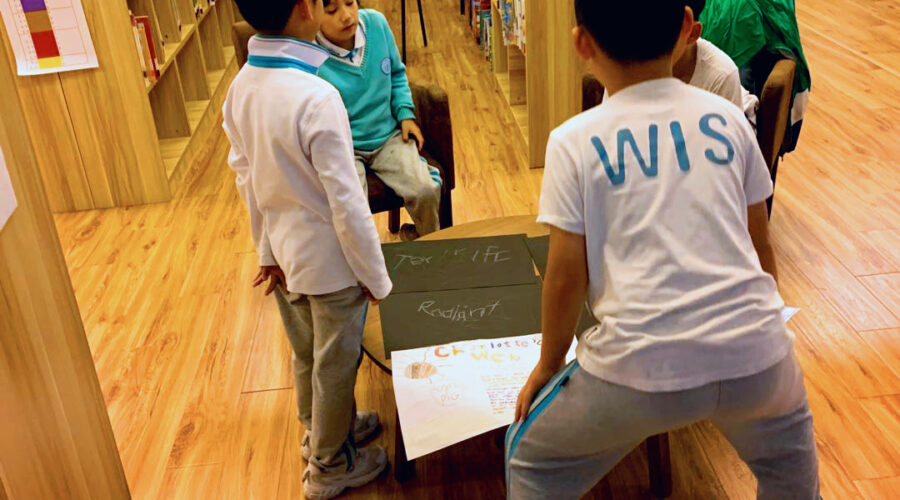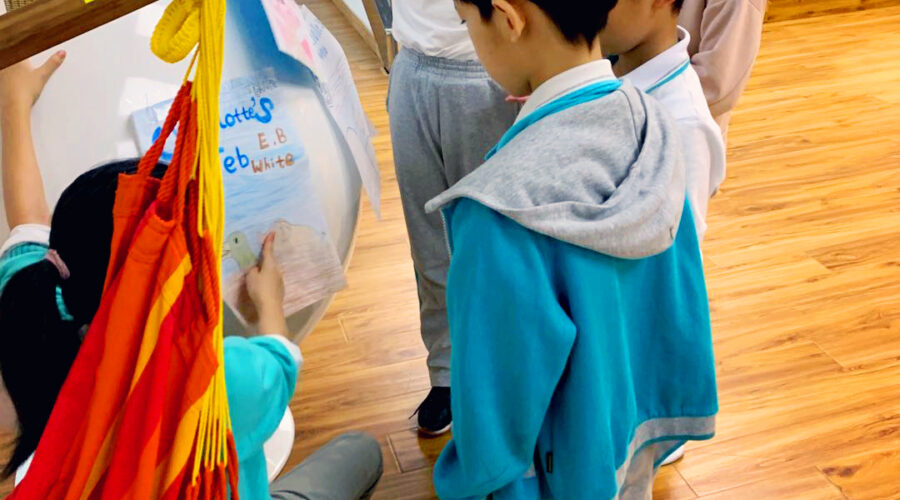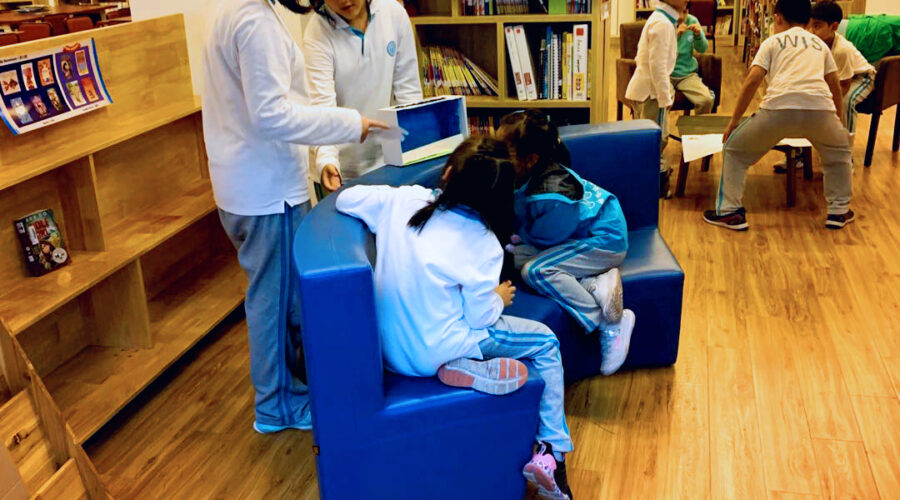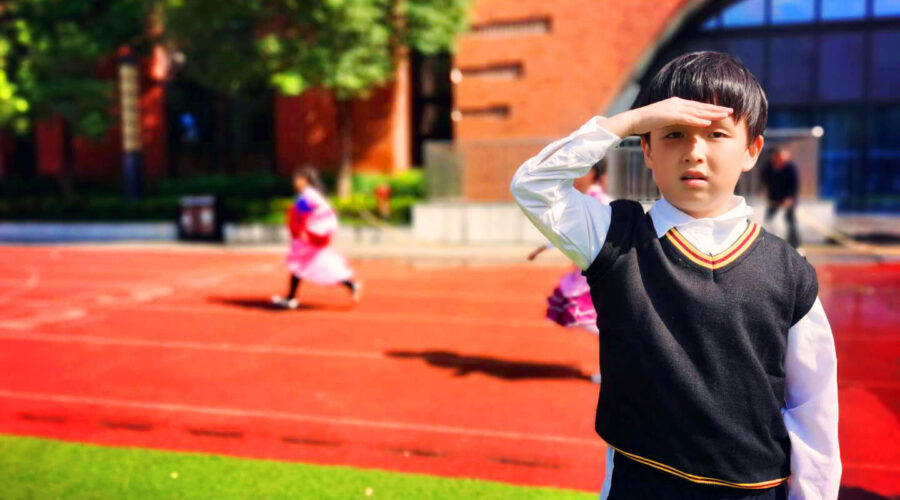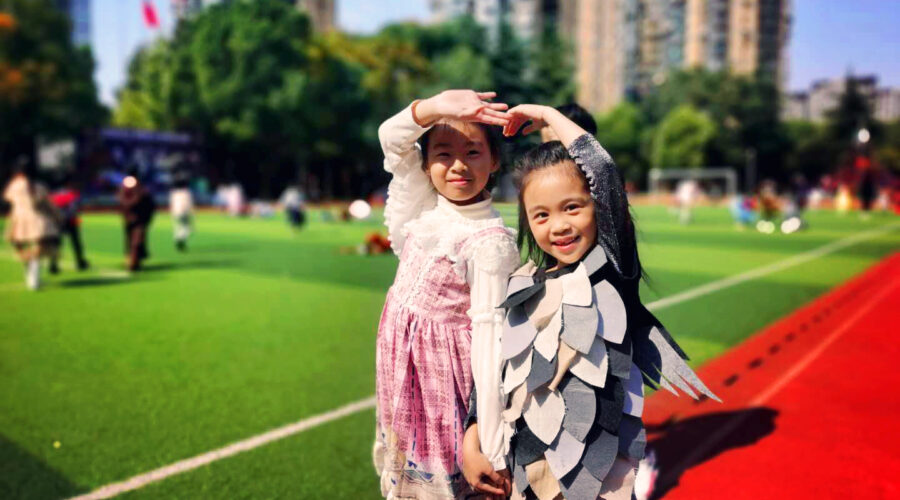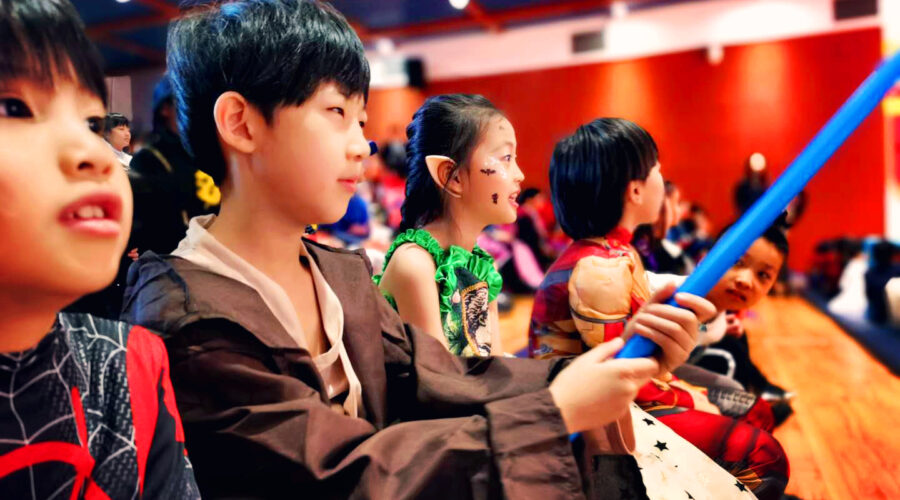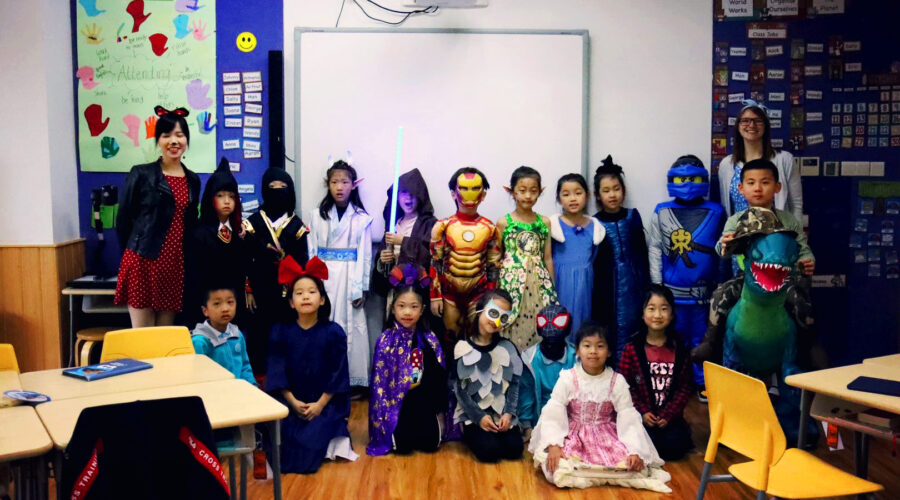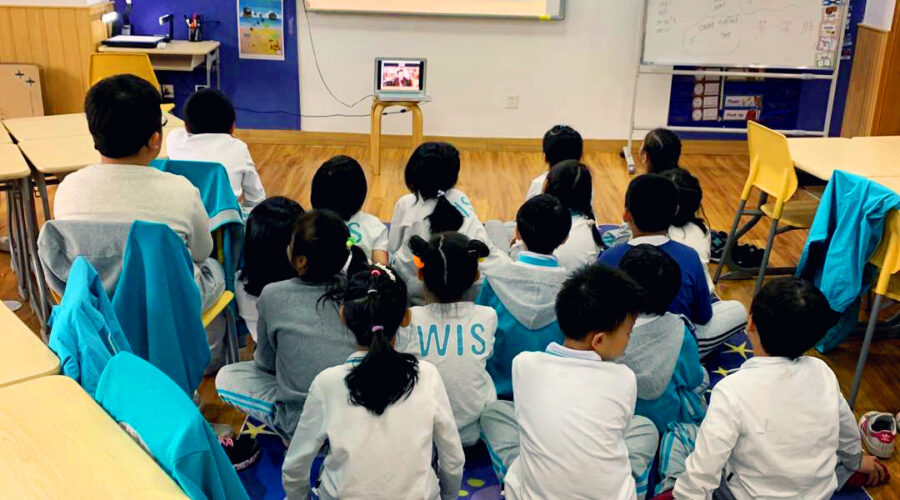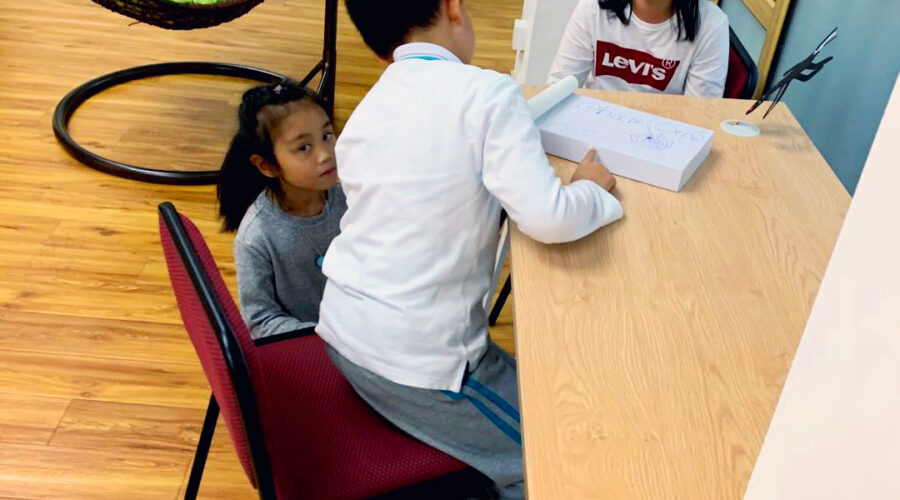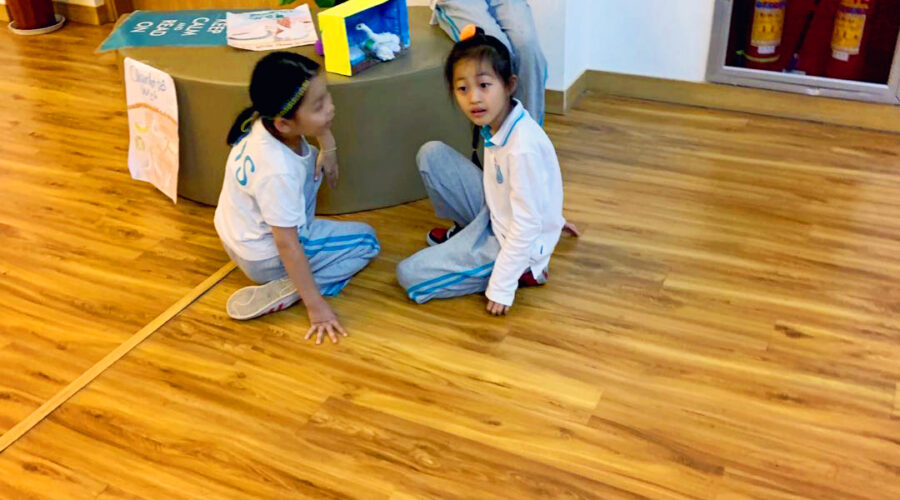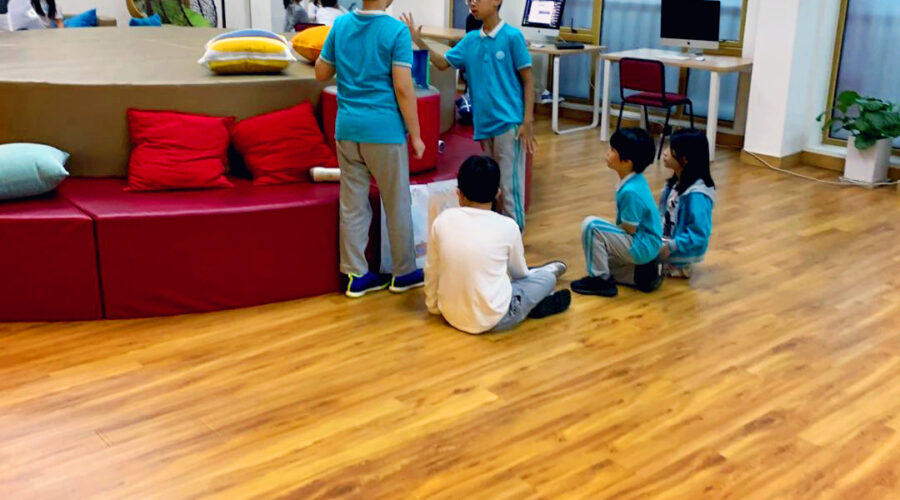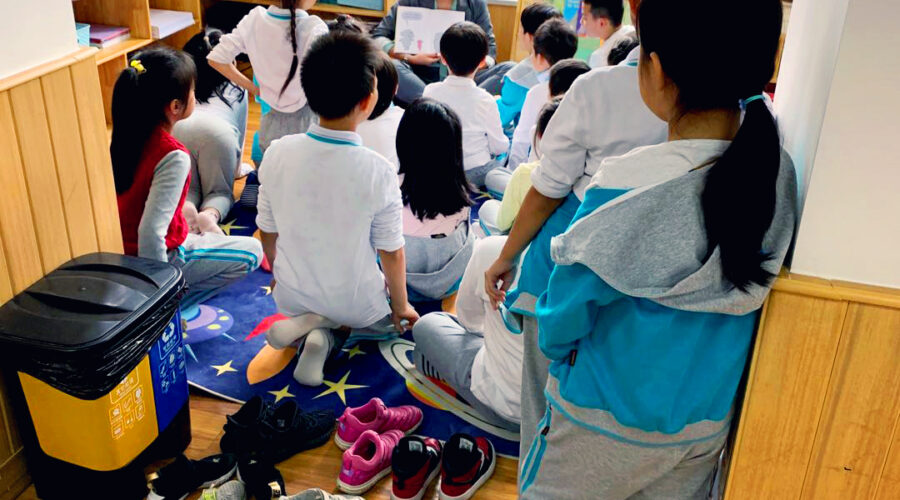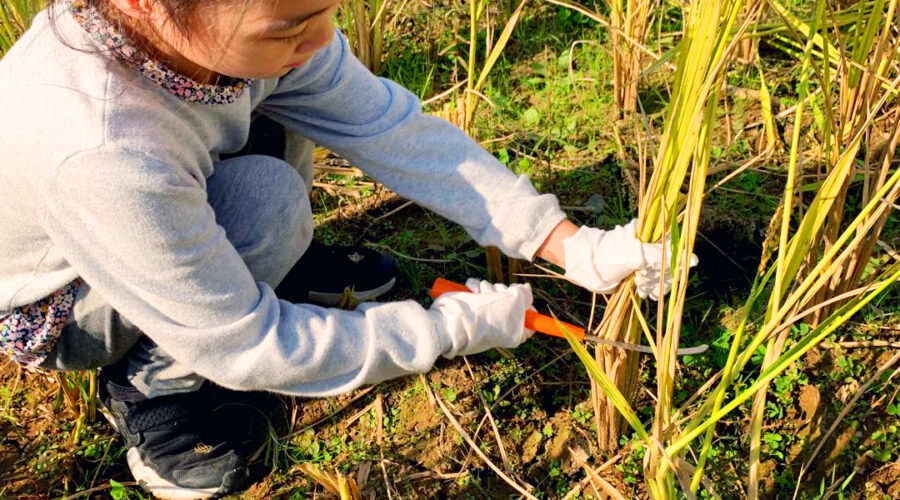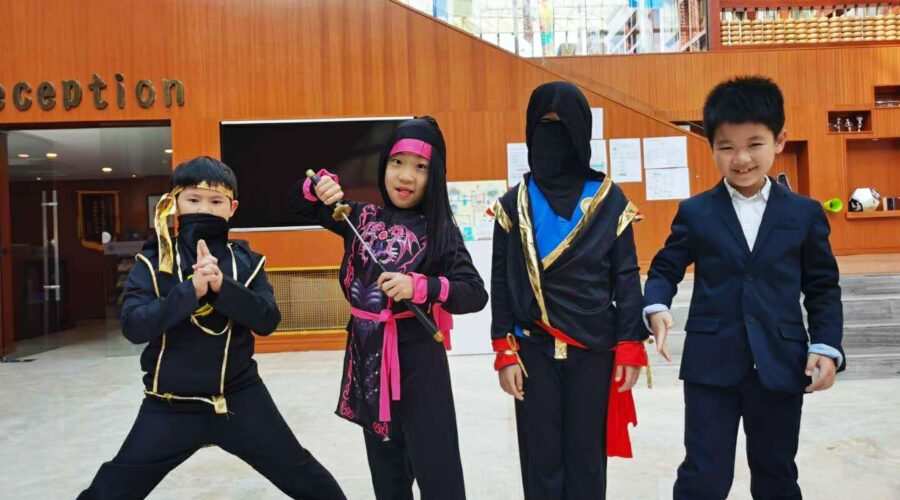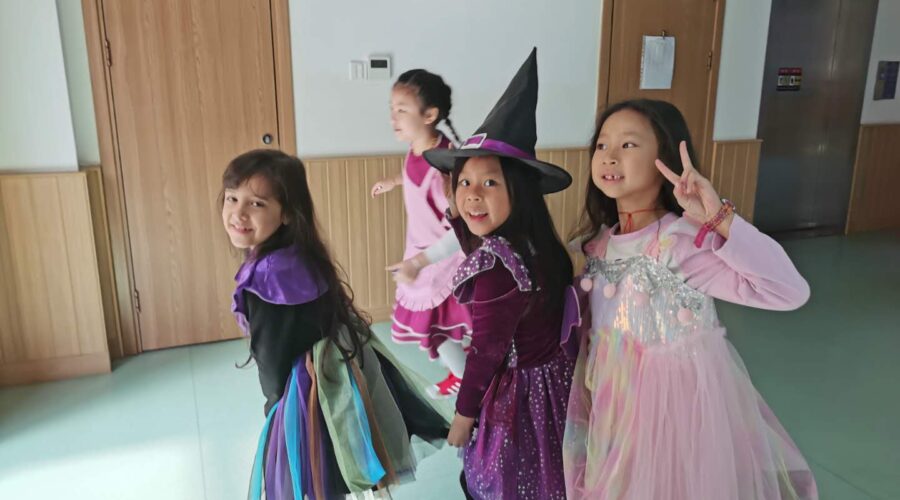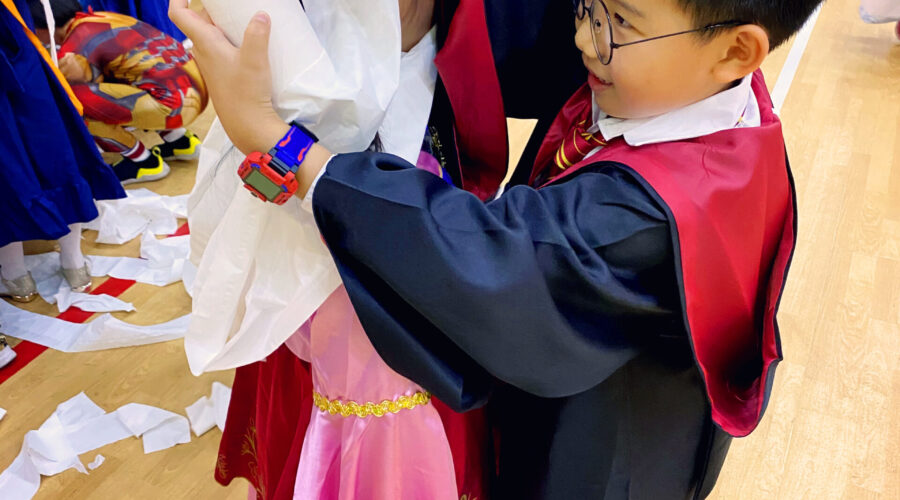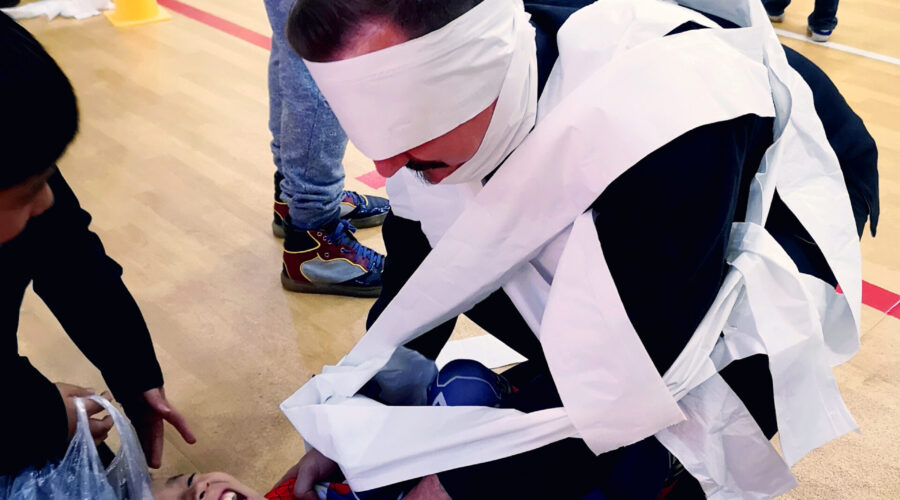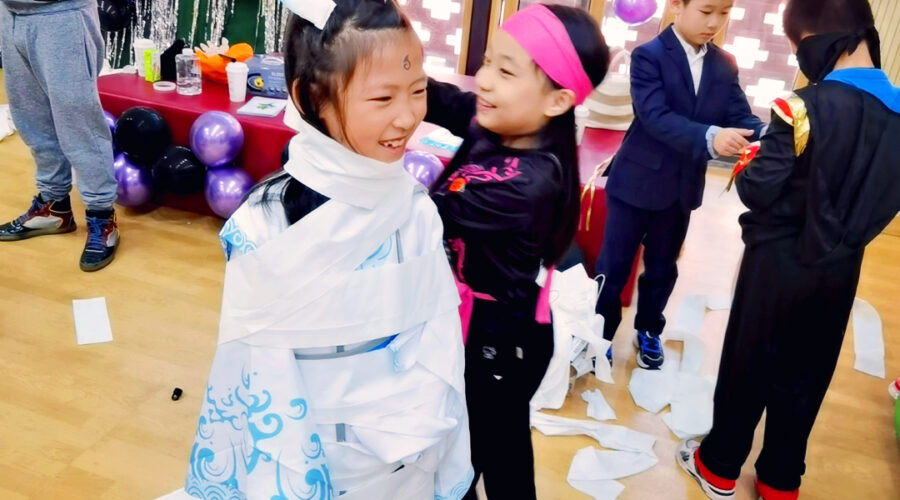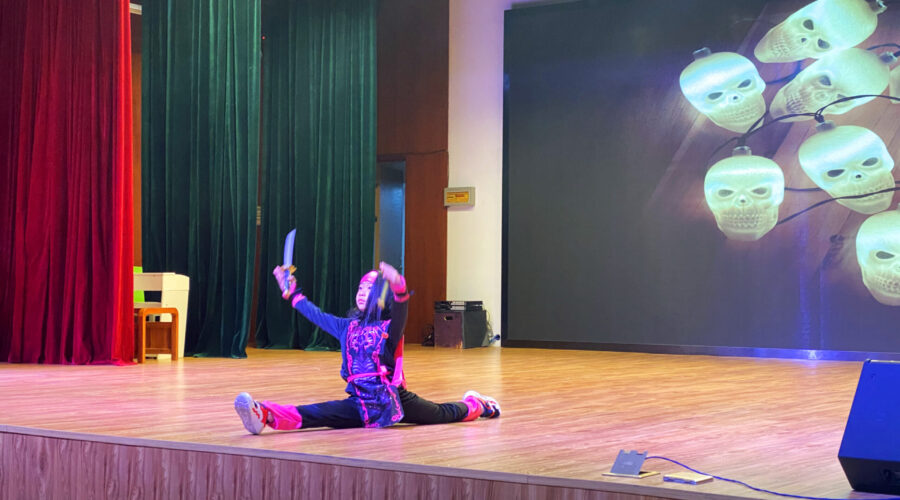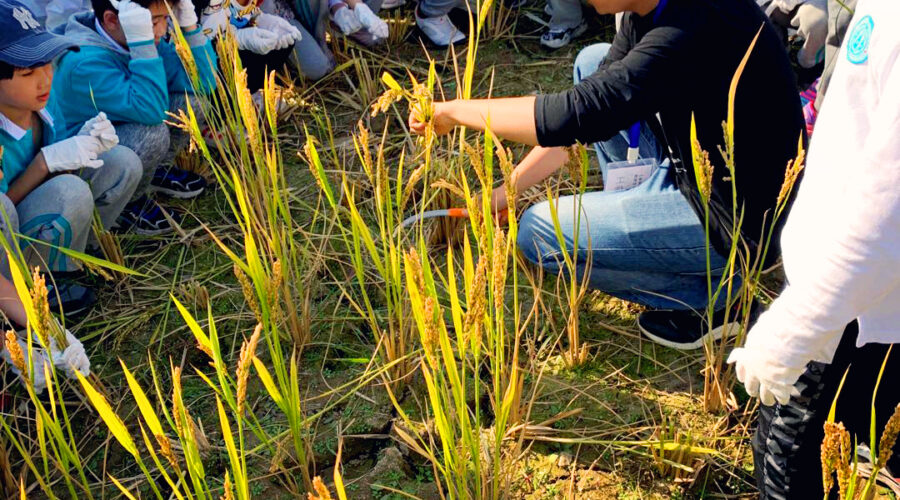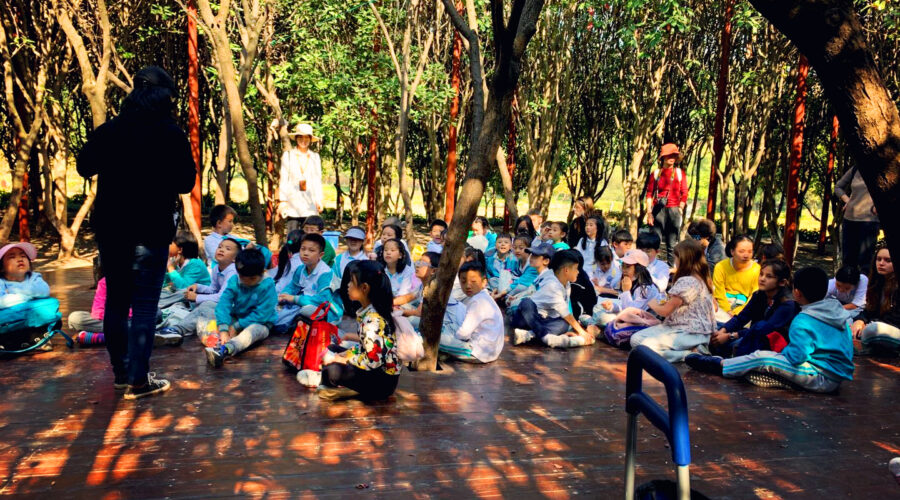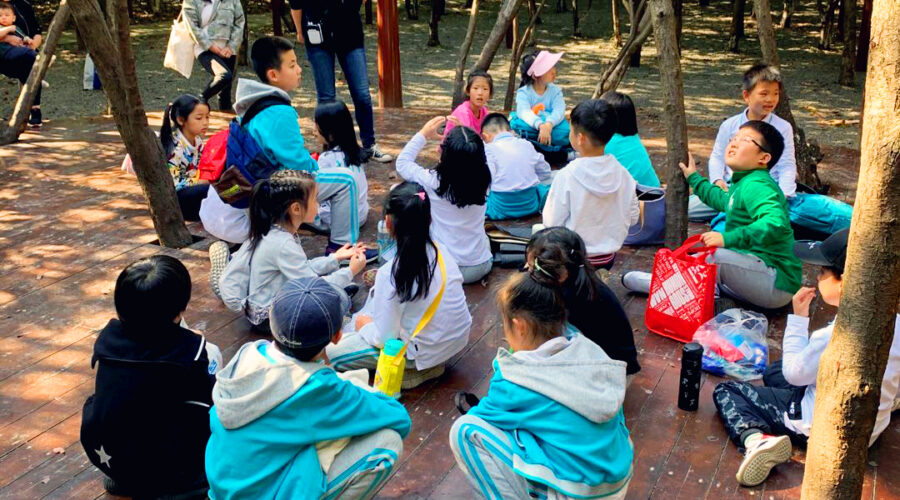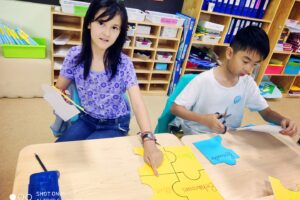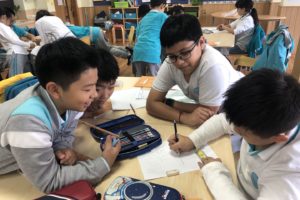How We Express Ourselves: Storytelling
During the past month, second graders have completed the Who We Are unit of inquiry and have started inquiring into How We Express Ourselves. In our new unit, students are learning about the many different ways we use to express ideas, emotions, and creativity with a focus on storytelling. As part of our inquiry into storytelling, we are learning about story elements, genre, and the various ways to present stories.
Taking Action In Our Community
As our unit about health came to a close, the students used what they learned about making healthy choices to take action in the form of creating an informative book, which they shared with the first-grade classes. Teaching others is a great way to reinforce knowledge, and it is a great service to others.
Book Week
In the last week of October, we celebrated Book Week with a whole week of fun and exciting activities. We had a virtual guest author, Clive Pig, who used music, movement, and stories
worldwide to engage and entertain us in the craft of storytelling. We visited the book fair and bought books we love to read. Another fun activity was hosted by the 5th grade in the form of a living museum. Second grade listened to small presentations about the book. Charlotte’s Web in the form of puppet shows, dioramas, and various retellings of the famous story.
The week was capped off with the
energy-filled Harvest Festival. Children
dressed as their favorite characters
participated in a fashion show and partied down with games and prizes at the Harvest Party.
Exploring Stories
As we begin our new unit of inquiry about How We Express Ourselves, we are diving into the craft of storytelling in its many forms. Students are investigating the elements that makeup fiction stories, the reasons why authors write, different types of stories, ways we express emotions and creativity and the various ways to present stories to audiences.
IB Learner Profile Traits at Home
Communicators share their ideas effectively and listen to others carefully. We can develop our students’ ability to communicate by inviting them to listen and speak to others who are skillful in communicating. We can ask them many questions to provide opportunities to think and talk about their thoughts. Spend time having conversations with your children using both English and Chinese, validate their ideas and creative interests, ask them to describe their works, and support them by recasting what they say in Chinese or English with more appropriate and complicated forms of the language.
Field Trip
As part of the Chinese Language and Culture classes, Chinese teachers organized a Fall outing to Bagua Tian. The clear, cool weather was perfect for appreciating the beauty of Autumn and brought to life the poems they are reading in class. Children participated in a rice harvesting activity and dug up their turnips. It was an excellent way to experience the beauty of life represented in traditional Chinese poetry.


